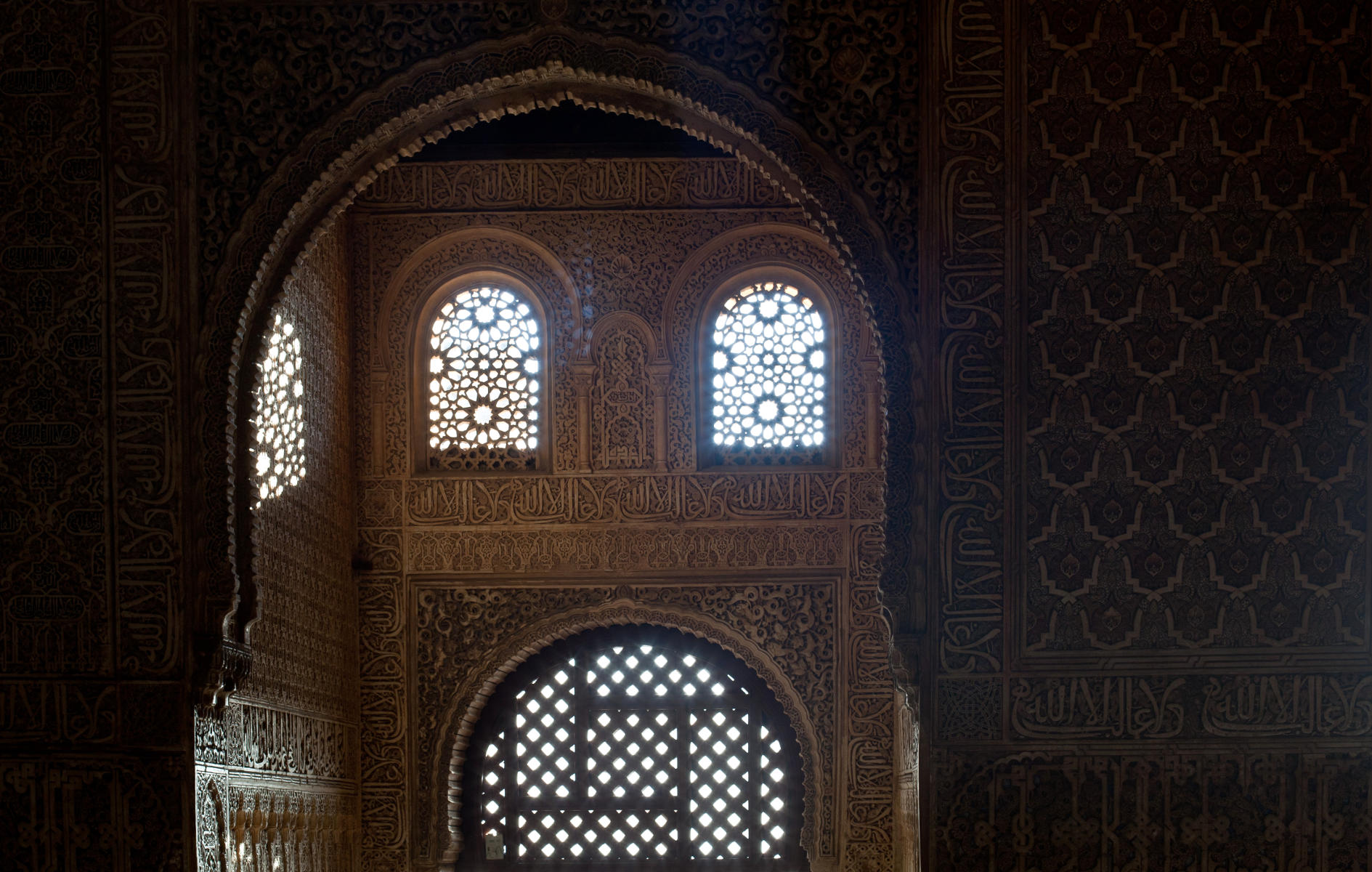 BACK
BACK
The chamber of the ambassadors
This throne room is the largest lounge of the compound, encircled by nine small bedchambers, reserved one of them for the sultan
 Make your selection to discover more places
Make your selection to discover more places
Nine small rooms were opened within its walls, each being similar to the other, except for the central room opposite the entrance, which was luxuriously decorated and reserved for the Sultan.
The floor of the room, renovated on many occasions, still conserves in the central part many original pieces made of golden tiles. It probably also had marble slabs.
The walls of the Hall are completely covered with decoration. The lower part conserves part of the original tiled socle, above which a rich plasterwork combines geometrical patterns with ataurique motifs (plasterwork or stucco decorated with leaf and flower motifs) and epigraphic elements. Originally it was painted with bright colours that formed tapestry-like relief patterns.
The ceiling, with its symbolic layout, legitimated the power of the Sultan, sitting on his throne and presiding over the space of the room. The epigraphy of the Hall reproduces holy texts of a clearly political and religious intention, emphasizing the Divine power. Here are three illustrative examples: “Eternity is an attribute of God”; “Depart in goodness since it is God who helps”; “Highness, Glory, Eternity, Empire and Power only belong to God”.
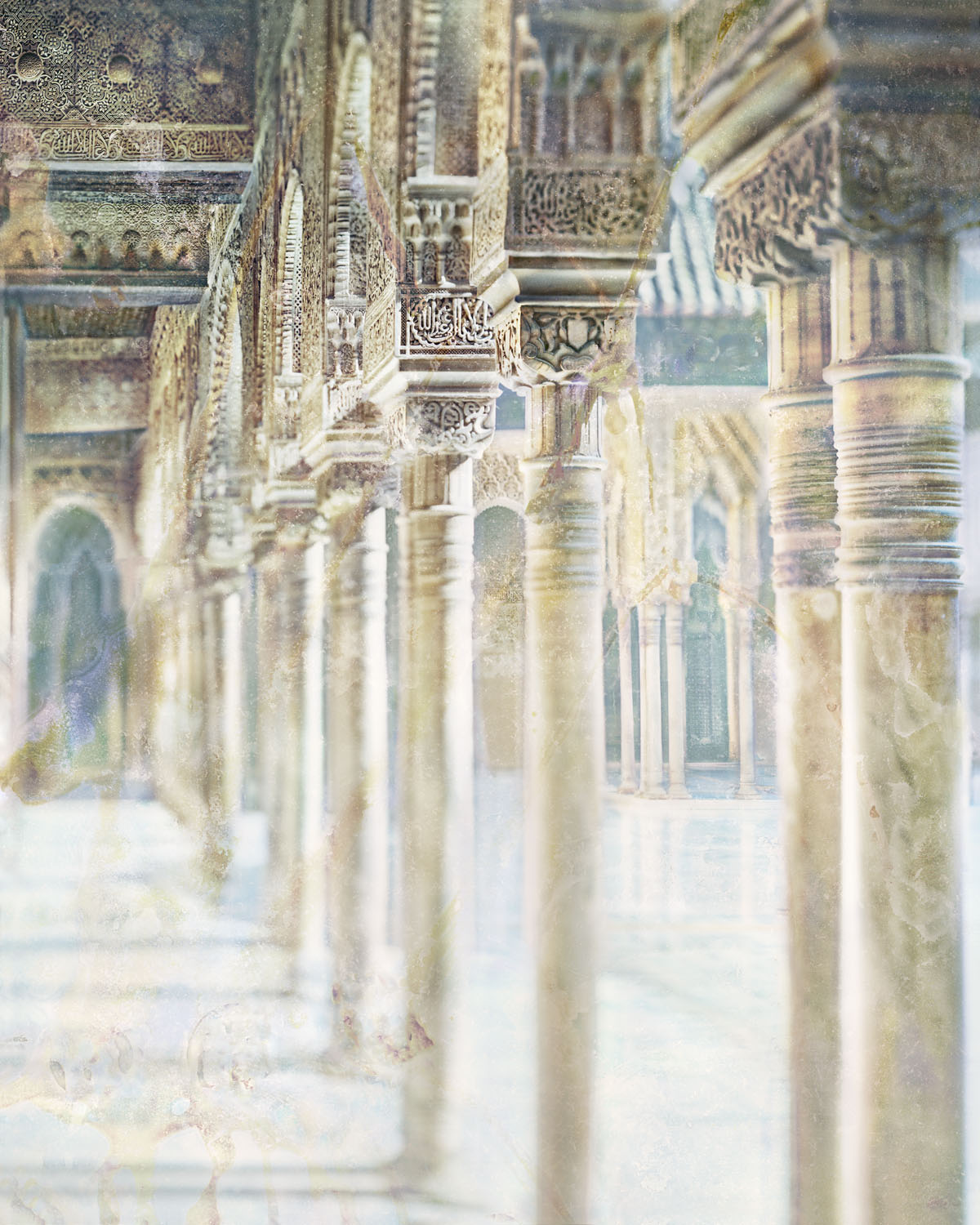
La Alhambra, a look from Fernando Manso
MORE INFORMATION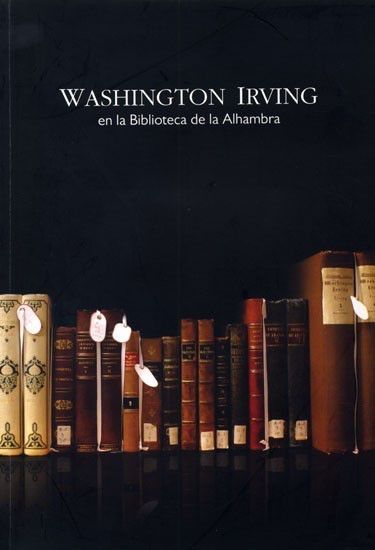
WASHINGTON IRVING AND THE ALHAMBRA
MORE INFORMATION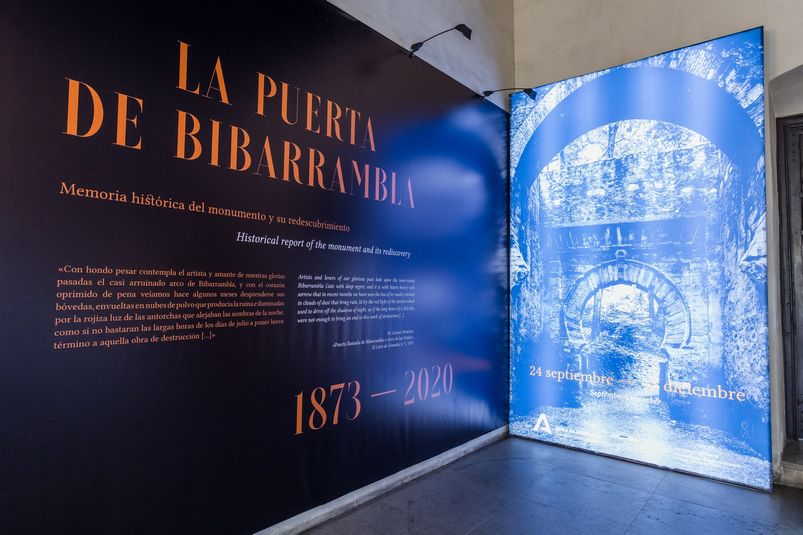
THE GATE OF BIBARRAMBLA. Historical report of the monument and its rediscovery
MORE INFORMATIONTHE EMPEROR´S CHAMBERS
MORE INFORMATION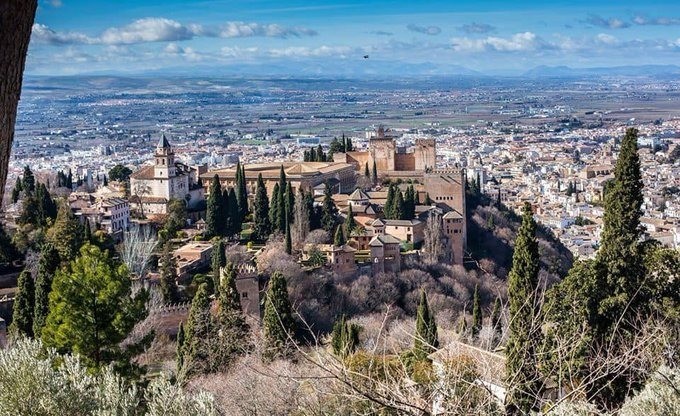
The Council of Alhambra and Generalife will refund automatically the full amount of the bookings
MORE INFORMATION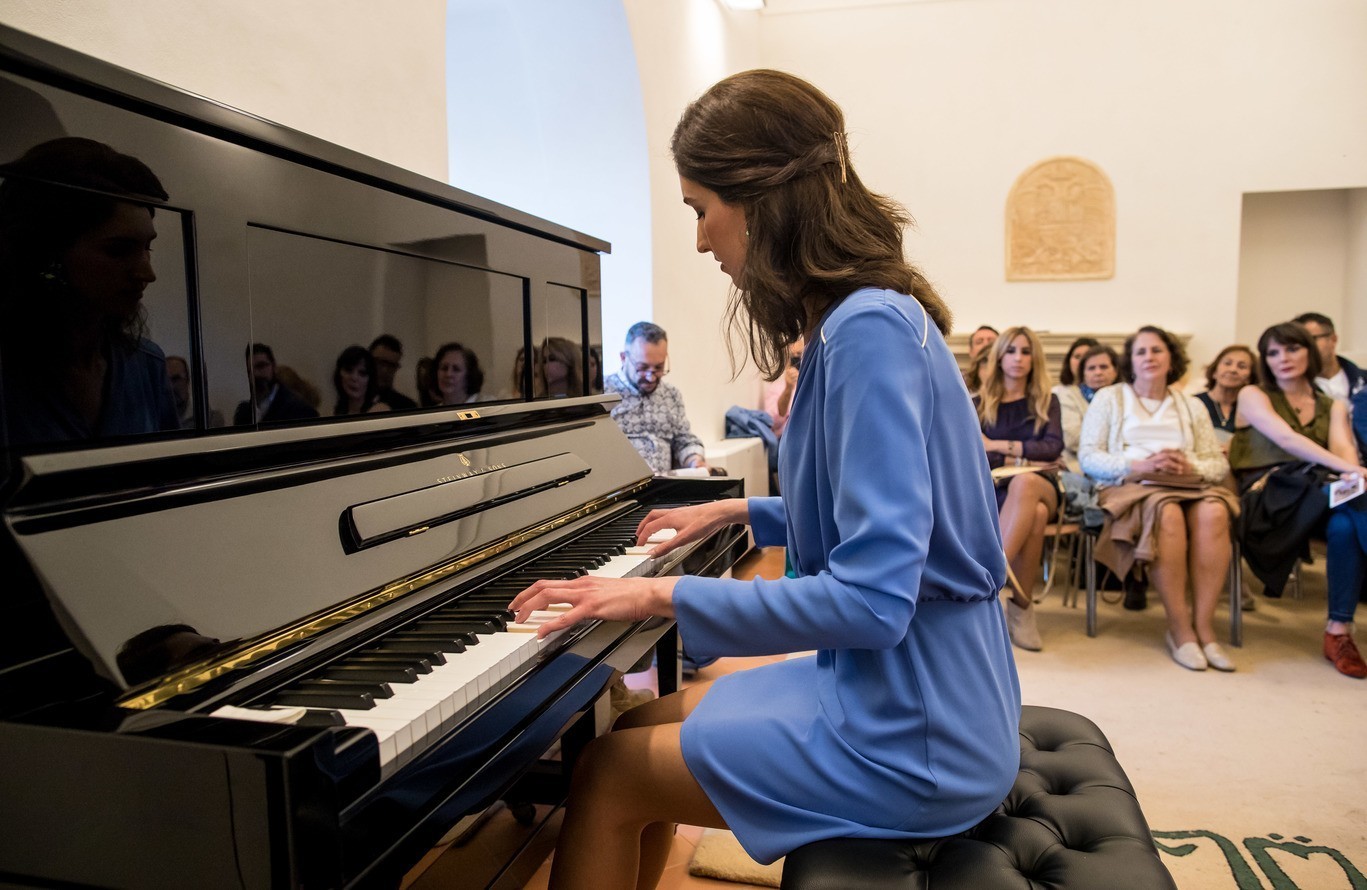





 Contact
Contact






